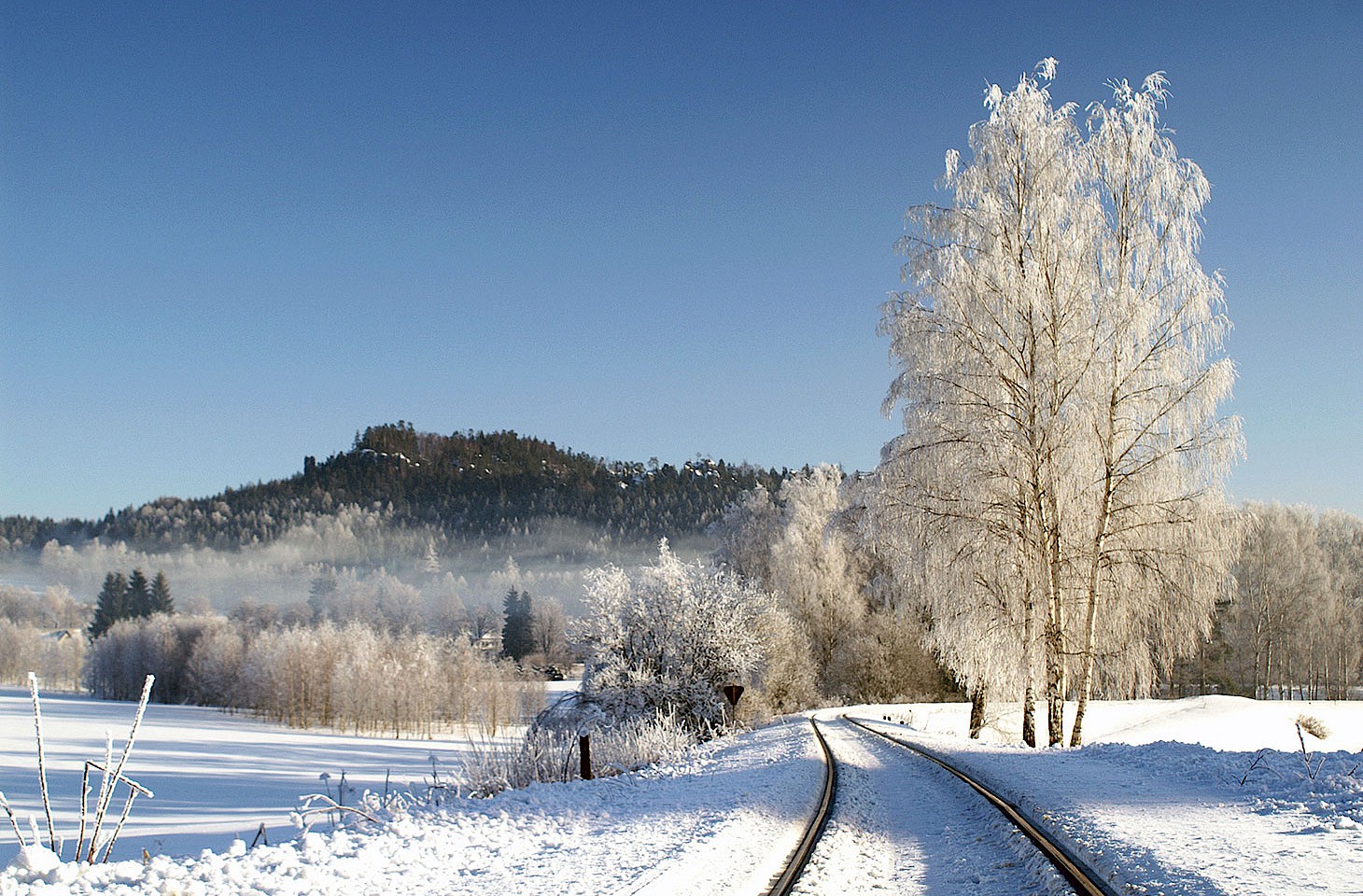Dear fellow travellers
Early this afternoon flight CZ600 from New York to Guangzhou flew over Svalbard on its long journey across the Eurasian Arctic region. At the same time a Transaero Boeing 777, en route from Moscow to Los Angeles, cruised at 34,000 feet off the west coast of the Svalbard archipelago.
This scatter of islands, half way between northern Norway and the North Pole, may lie at the crossroads of major international air routes, but not so many planes actually land on Svalbard. When they do, aircraft pilots are wise to check that a polar bear hasn't taken up residence on the runway. It has happened.
The comings and goings at Longyearbyen Airport today were much the same as on a typical weekday. Three flights in, three flights out - all providing a link between mainland Norway and the country's far-flung territory in the Arctic.
Today marks the fortieth anniversary of the official opening of the airport at Longyearbyen on 2 September 1975. It was an event which dramatically changed this polar outpost, making it far more accessible to the scientific community and adventurous travellers.
Until the new airport at Longyearbyen, the main route to Svalvard (often called Spitsbergen in English) was by sea. A primitive airstrip at Adventsdalen was available for emergencies, but it was never a reliable option.
Even the new airport could never quite eliminate the drama associated with any journey to Svalbard. The plan had been to host the ceremonial opening of the airport on 14 August 1975. That was a special date in Svalbard history, being the 50th anniversary of the coming into force of the Svalbard Treaty. It was this international agreement which defined Norwegian jurisdiction over the islands, while preserving the rights of other nations to conduct research, set up businesses and exploit resources in the archipelago. The Soviet Union was, from the outset, a major player in Svalbard and the Russian Federation retains substantial interests there today.
Norway's King Olav set off for the new airport at Longyearbyen on 14 August 1975 with a plane full of dignitaries. Ahead lay the formality of ribbon-cutting to inaugurate the new airport, followed by a celebratory dinner to mark the half-centenary since the Svalbard Treaty. But the mist rolled in off the sea and the king's plane couldn't land. So the dinner was hastily rescheduled for Tromsø, a thousand kilometres away to the south.
History doesn't record what happened to the food awaiting King Olav in Svalbard, but a few dozen folk in Longyearbyen probably dined like royals on that Thursday evening.
King Olav made a second flight north on 2 September, this time landing without difficulty. The airport opened to traffic on that very day. Regular scheduled flights to Longyearbyen were a great success. In the first year, Aeroflot operated fortnightly flights from Russia and SAS laid on a weekly service from mainland Norway.
Over the years other air carriers have dipped into the Svalbard market. This summer has seen scheduled services by both Norwegian and SAS. The scheduled flights from Russia are long gone, although charter services by Russian carriers still feature from time to time on the arrivals board at Longyearbyen Airport. Next year, Finnair will launch a summer-season service non-stop from Helsinki to Svalbard. Provided the fog doesn't roll in, and assuming that the polar bears keep clear of the runway, that will bring a new cohort of visitors keen to see this remote corner of Europe.
Nicky Gardner and Susanne Kries
(editors, hidden europe magazine)




